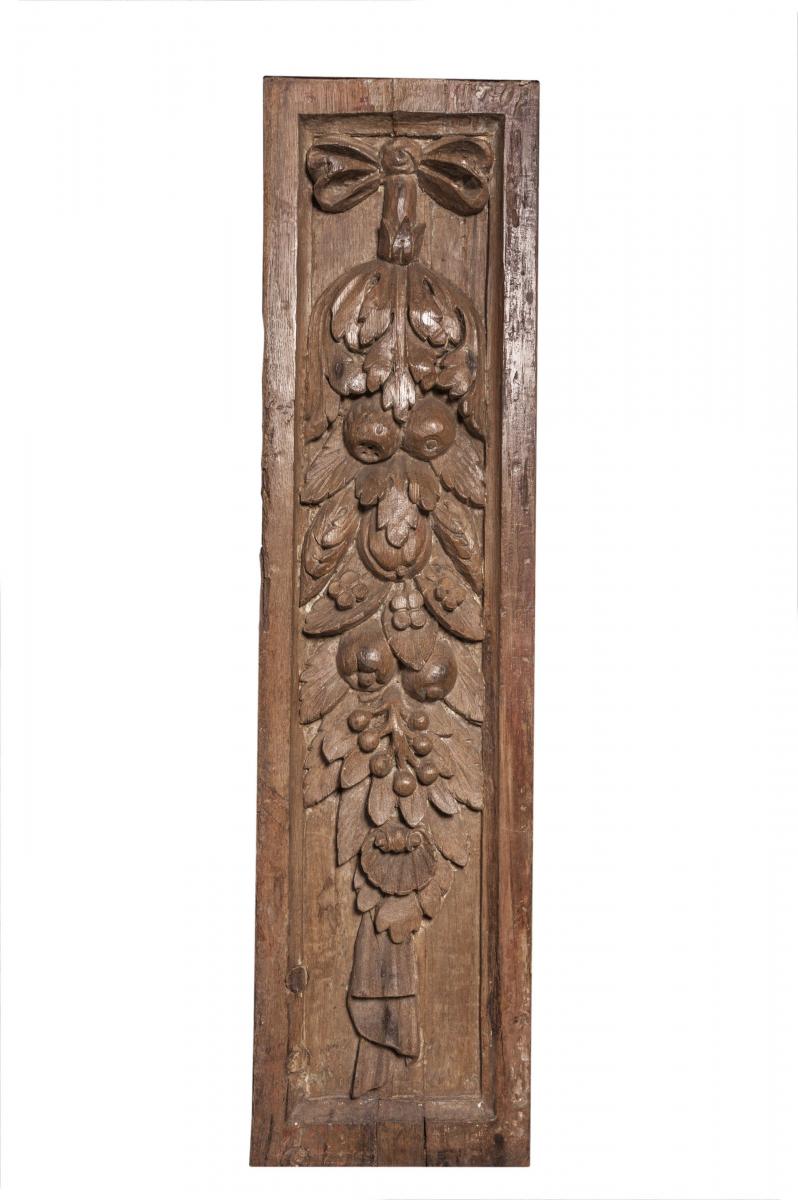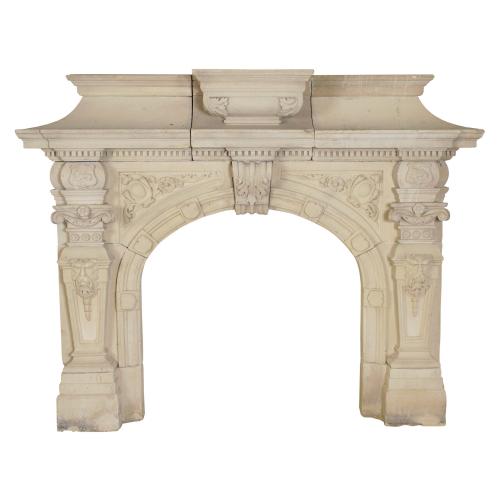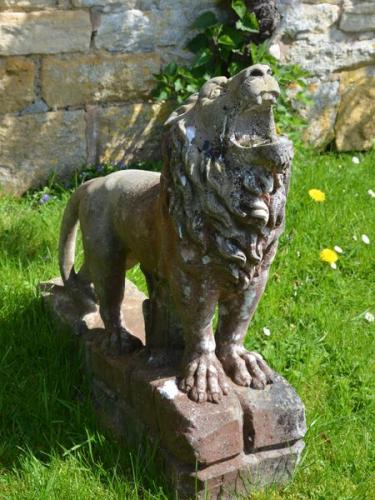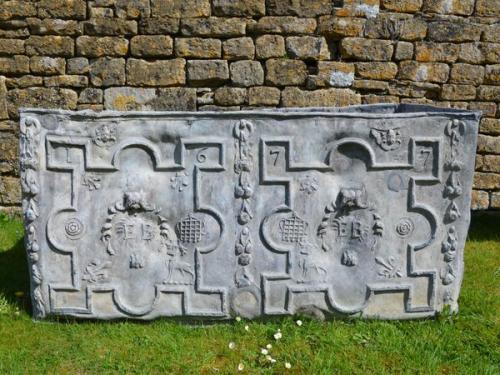










This object is eligible for a Certificate of BADA Provenance
The BADA Standard
- Since 1918, BADA has been the leading association for the antiques and fine art trade
- Members are elected for their knowledge, integrity and quality of stock
- Our clients are protected by BADA’s code of conduct
- Our dealers’ membership is reviewed and renewed annually
- Bada.org is a non-profit site: clients deal directly with members and they pay no hidden fees
A mid to late 17th century carved oak staircase with accompanying pine panelling; this stair was rescued prior to Crakemarsh Hall’s demolition. Nikolaus Pevsner in the 1950s described Crakemarsh Hall as a ‘compact two story stucco villa circa 1820, …all very quiet and modest; and a surprise to find that the house seems to have been built (or possibly re-built) around a sumptuous 17th century staircase’. The staircase, which occupied the whole of the entrance hall, has lavish open panels of acanthus foliage set between large square newels decorated with fruit. The stair, now without runners and risers, consists of three extravagantly carved oak rising rails and a single return gallery carved in the manner of Edward Pearce (circa 1630–1698). Though the sales particulars for the Hall and estate in 1968 list the stair as ‘almost certainly the work of Grinling Gibbons’ Pevsner suggests that the Crakemarsh Stair is a copy of the ‘Great Stair at Sudbury Hall by Edward Pearce’, illustrated opposite.
Pierced balustrades were first used in the early 17th century, when designs were generally geometric. Elaborate carving seems to have introduced around the 1630s, an example of which can be seen at Ham House, embellished with military trophies and cannon, with the newel posts supporting baskets of fruit and flowers. Similar finials, although usually with urns rather than baskets, became popular for the grandest staircases in the period from around 1650 to 1690. The Crakemarsh Hall Stair had such finials, now sadly lost, with the newel posts having carved panels incorporating a drop of fruit and foliage suspended from a bow. The carving in the balustrades takes the form of scrolls of acanthus foliage around central flowers, possibly sunflowers; snakes and a peacock are in evidence with more acanthus leaf carving to the handrail string. It is worth noting that the main stair at Tredegar House has recently been dated by dendrochronology, giving felling dates from 1666–1672, and though there are subtle differences, the Tredegar stair is remarkably similar to that of Crakemarsh Hall.
At Sudbury Hall the handrails have an unusual angular ramping, a feature also seen in the Crakemarsh Hall Stair, which is of note because of the proximity of Crakemarsh to Sudbury. So where did this stair come from? Panelled rooms, staircases and architectural features from this period are known to have been removed and refitted in other properties, with one possible candidate for this early architectural salvage being Ruperra Castle, which is the sister house to Tredegar. Ruperra had its original stair taken out and a new one inserted in the late 18th century, which fits in chronologically with the dates for Crakemarsh Hall’s construction.
The Crakemarsh Hall Stair is a rare survivor from a short list of existing staircases from the mid to late 17th century which have carved and pierced balustrades. It is the only and possibly the last ever stair of this type and age to come to market recently, the last being sold to the Metropolitan Museum, New York.
I wish to thank Linda Hall and Mark Baker for their expertise when compiling this description.
Circa 1660
Stock number
11471/MDThe BADA Standard
- Since 1918, BADA has been the leading association for the antiques and fine art trade
- Members are elected for their knowledge, integrity and quality of stock
- Our clients are protected by BADA’s code of conduct
- Our dealers’ membership is reviewed and renewed annually
- Bada.org is a non-profit site: clients deal directly with members and they pay no hidden fees














